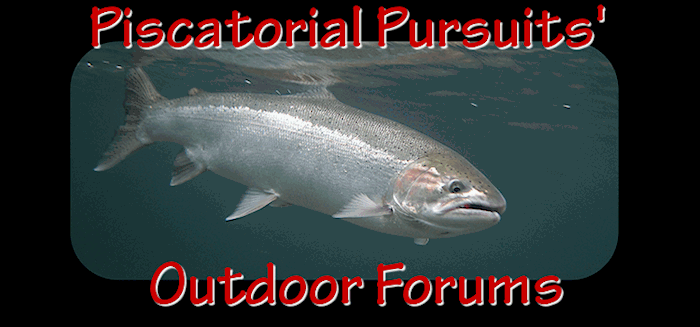Todd, yes, this is certainly true. But I guess what I'm wondering is how this information influenced WDFW listing the restoration prospect of Sockeye as Fair/Poor even if they are able to close Lake Sutherland for 5 years. If these fish were originally planted, and haven't been planted for decades, then maybe that would explain why WDFW feels the restoration potential is fair at best (per their report to the WDFW Commission on January 7th).
The Wunderliche document also states:
"The USDI et al. (1994) proposes two concurrent restoration processes: enhancing the anadromous component of Lake Sutherland kokanee (assuming it retained a significant genetic element of the original Elwha sockeye) or seeking a suitable outside stock. Kokanee, even though landlocked for many generations, may produce anadromous offspring which through captive rearing might be used to restore depleted sockeye stocks. Smolts would be trapped at the outlet weir, captive reared to maturity, and their offspring returned to Lake Sutherland over one or more cycles prior to removal of the Elwha dam. Concurrently, other potential sockeye donor stocks would be screened. If use of Lake Sutherland kokanee proved not feasible, sockeye fry from a suitable donor stock would be introduced into Lake Sutherland beginning one year prior to Elwha Dam Removal."This sounds a little different from "we'd like to close the lake and see if these fish come back on their own", which was what I heard WDFW say on December 15th. I just want to know what the *real* plan is, and I don't feel like anyone has been willing to step up to the plate and say, "This is exactly what we are planning to do in the next 10 years with Lake Sutherland".
What I'm hearing now is, "We don't think the restoration potential for Sockeye is very good without our intervention so we might stick some stock from somewhere else in there." I'm wondering if that is really what we want.
And I'm understandably nervous about messing with a good thing, which Lake Sutherland is currently.














 Previous Topic
Previous Topic Index
Index



